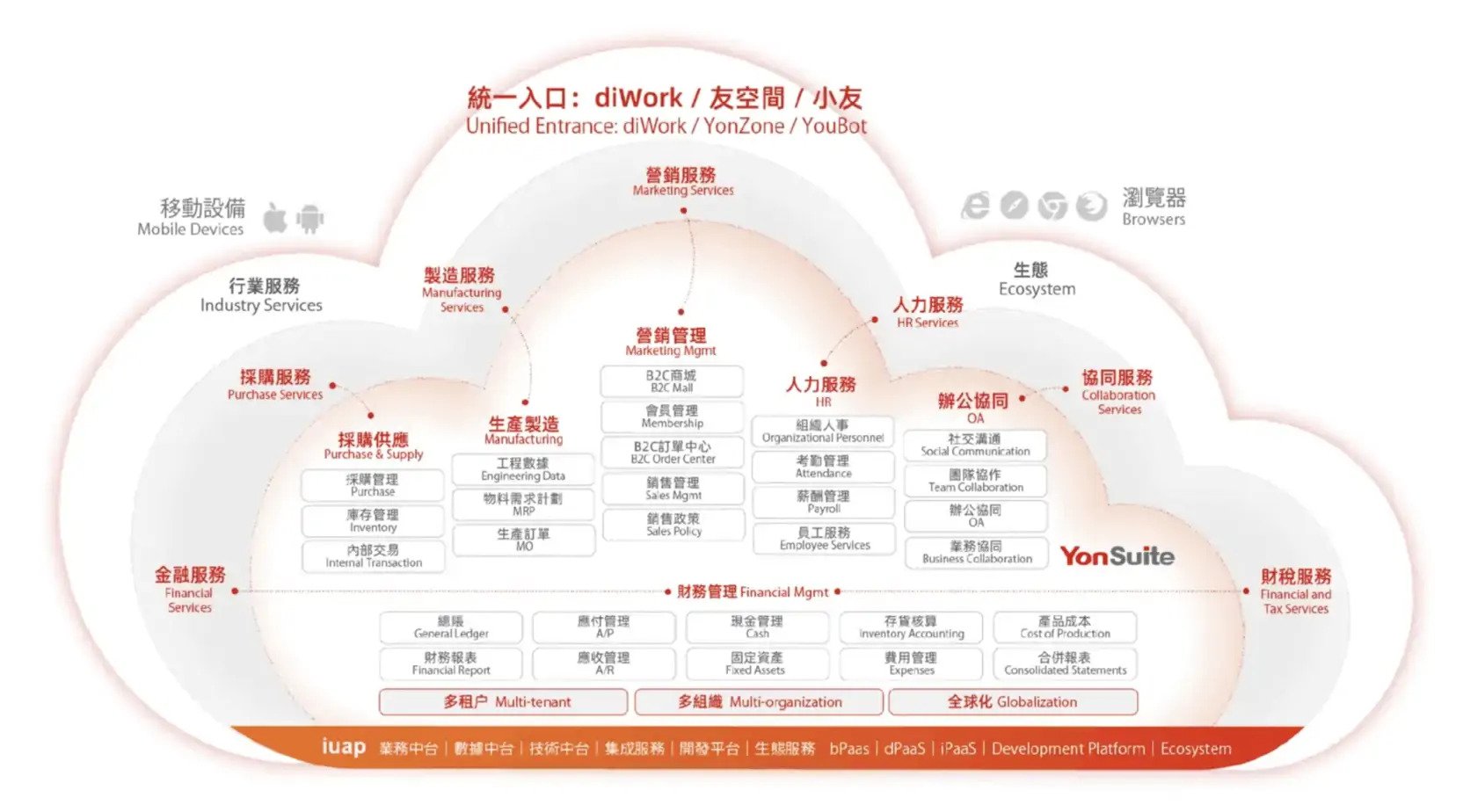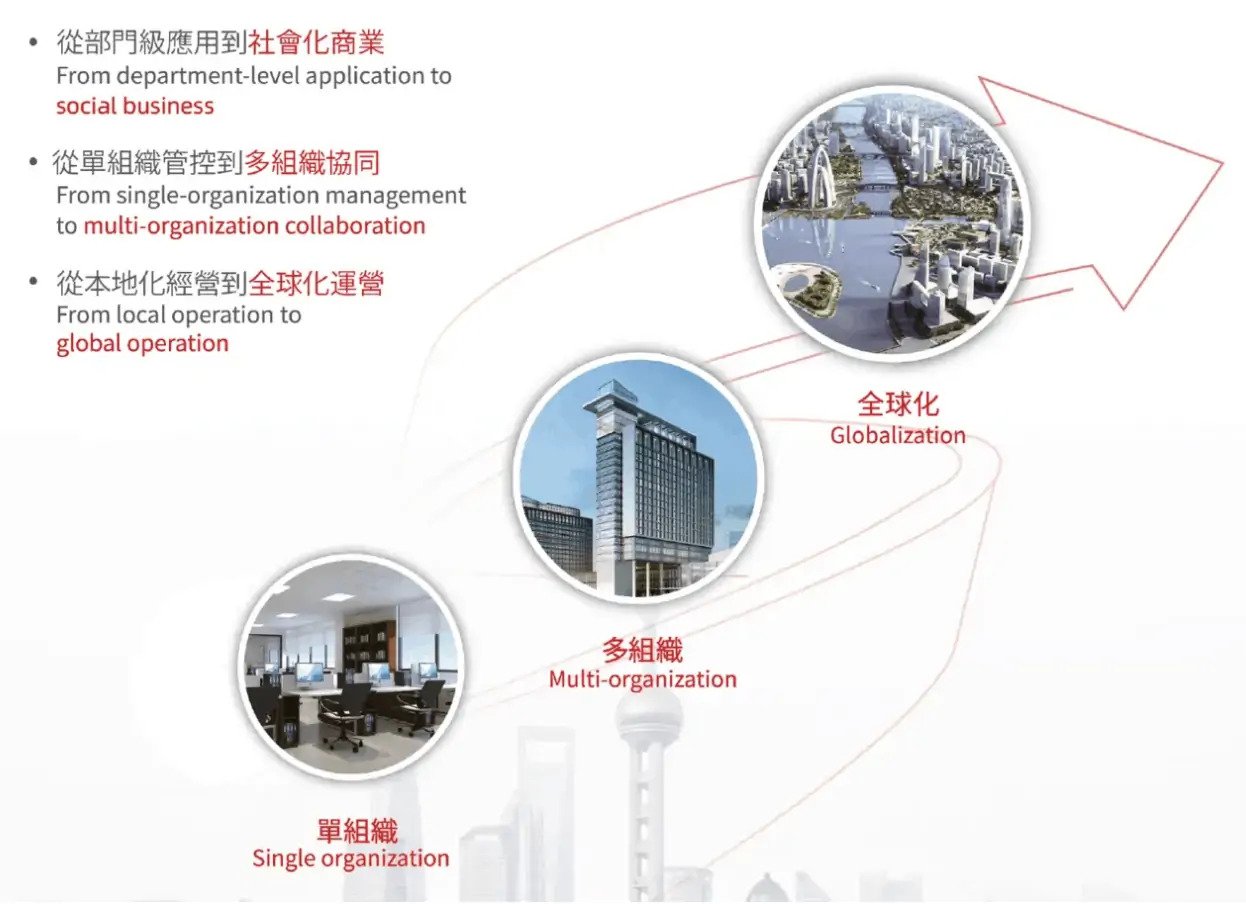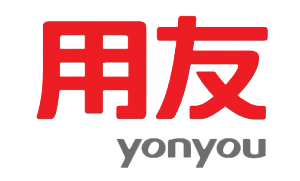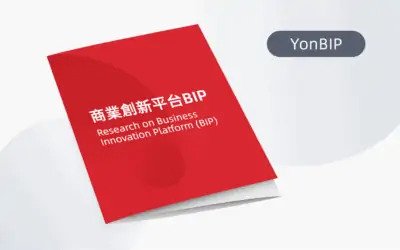Cloudnativesme
Finance and accounting automation

June 27 is the annual Small, Medium and Micro Enterprise Day. The new crown epidemic has accelerated the pace of digitalization of global enterprises, and cloud computing has highlighted its important value in enterprise transformation. In the post-epidemic era, how can small, medium and micro enterprises transform and upgrade more smoothly? How can the "cloud native" technology that has emerged in recent years help growing companies meet challenges and overcome difficulties?
"In the future, the world only needs five computers."
In 1943, IBM Chairman Thomas Watson's "wild words" seem to have become a prophecy today: In the era of digital economy, the wave of cloud computing is engulfing us. Every minute and every second, the invisible river of data is constantly rolling and flowing in the virtual world.
Then comes a new term:Cloud Native. Nowadays, the concept of cloud native is becoming more and more popular, and it has quickly become a new variable in the field of cloud computing.
What is cloud native?
Literally interpreted, Cloud means that the application is located in the cloud, and Native means that the application was designed for the cloud environment from the beginning, grew up in the cloud, and is a cloud-based application."aboriginal people".
Cloud Native Computing Foundation (CNCF) defines cloud native as:
Cloud native technologies empower organizations to build and run scalable applications in modern, dynamic environments such as public, private, and hybrid clouds. Containers, service meshes, microservices, immutable infrastructure, and declarative APIs exemplify this approach.
Cloud native technologies help organizations build and run elastically scalable applications in modern dynamic environments such as public cloud, private cloud, and hybrid cloud, using technologies including containers, service grids, microservices, immutable infrastructure, and declarative APIs.
Cloud native leads aA world born for the cloud.
It provides users with the best path to maximize the value of the cloud. It is hoped that all software applications in the future can be "born on the cloud and grow on the cloud".

Containerization, microservices, and DevOps constitute the basic elements of cloud native.
Among them, containerization is the foundation of cloud native. Containers give applications the ability to be independent and portable, just like containers at a port, loaded with developed applications and transported to various places, unloading can be used seamlessly.
Microservices evolved from the SOA architecture, reorganizing the original large and complex single architecture into small and exquisite independent services. Microservices can quickly respond to changes in demand, make complexity simple, bulky and flexible, flexible and elastic, and elastic with warmth.
Different from traditional applications that are ported to run on the cloud after construction, cloud native can give full play to the advantages of high elasticity and distribution in the cloud, and maximize the productivity of cloud computing. Especially for growing enterprises, cloud native is the best helper to promote enterprise transformation and innovation, and can help small and medium-sized enterprises solve new problems and embrace new changes.
Small, medium and micro enterprises: growing together in the cloud
With the development of the Internet today, not only the market and content are sinking, but also technology.
Under the influence of the epidemic, enterprises are embracing the new changes brought about by "technology sinking". The business transformation from offline to online has driven the rapid growth of cloud service technology, and business demand is increasing day by day.
In the era of the digital economy and the post-epidemic era, companies are also facing many "certainty" and "uncertainty". Uncertainty mainly comes from the fact that enterprises will face increasingly changing external end-consumer demands, complex business environment and new requirements for internal management of enterprises. The certainty is becoming more and more obvious, that is, enterprises needDigital transformation through next-generation information technology.

However, small and medium-sized enterprises are limited by factors such as technology, capital, and strategy. On the road to digital transformation, they are faced with the dilemma of "wanting to switch but not daring to switch, not knowing how to switch". The coping methods in the software era are far from meeting their personalized and customized needs, and they cannot keep up with the pace of enterprise innovation. Growing enterprises urgently need the support and guidance of a mature technology platform, so as to save time and cost, reduce detours in the exploration process, quickly realize business innovation, and break through the market.
For growing enterprises in transformation, cloud-native technology can make application software change on demand, more agile and flexible, applicable to multiple platforms and multiple scenarios, allowing enterprises to focus on business innovation with low-cost trial and error, low-cost expansion, and low-cost contraction.

Take YonSuite, a cloud service package for growing enterprises as an example, adhering to the concept of "completely cloud-native, true microservices",YonSuiteConsisting of microservice clusters, distributed according to scenarios, industries, and functions, enterprises can use it out of the box, customize payment on demand, save time and cost, quickly respond to enterprise business innovation needs, and have high cost performance, so it is welcomed by many small and medium-sized enterprises.
Cloud native technology can quickly and elastically expand capacity to cope with high concurrent traffic. For example, for small and medium-sized retailers, in massive and high-concurrency scenarios such as 618, Double 11, and "Black Friday", YonSuite, which adopts cloud-native architecture and micro-service technology, can help enterprises have enough flexibility to handle peak data and business flows, and support the ultimate user experience under high concurrency in the scenario of marketing and e-commerce integration.

For the structural adjustment and organizational expansion of growing enterprises, YonSuite has obvious advantages in scalability. Through YonSuite, enterprises can quickly add instances of service clusters and tailor business modules. YonSuite's multi-language, multi-time zone, and multi-currency features also support cross-border cloud access for overseas companies and go online quickly.
Today, the concept of cloud native has entered the application scenarios of more and more enterprises, and enterprise-level IT services have also entered the era of cloud native and microservices. IT market research firm Gartner predicts that by 2022, 75% global enterprises will use cloud-native containerized applications in production. Therefore, in the face of a changing market, advanced IT technology and a mature platform can help growing companies flexibly cope with infinite possibilities, realize market opportunities, and build a new digital future on the cloud.


